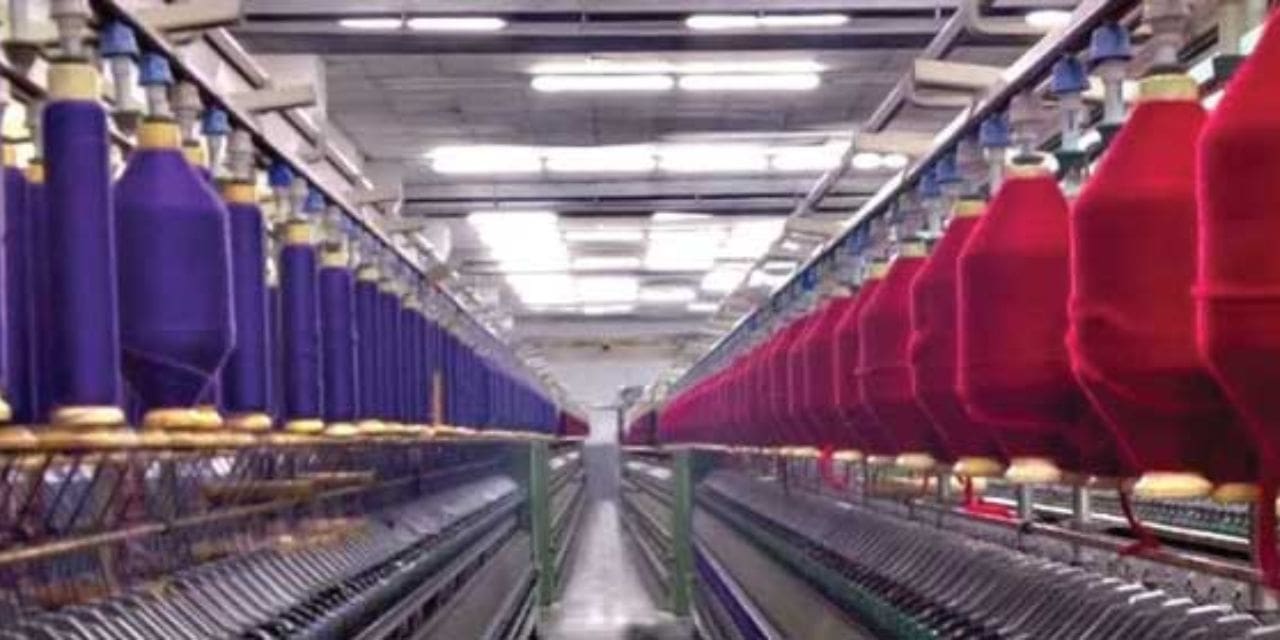After overcoming the twin challenges of the Covid-19 pandemic and the Russia-Ukraine war, India’s knitwear hub Tiruppur in Tamil Nadu appears to be on the mend, with exporters hoping that the positive growth recorded in January will continue.
According to industry insiders, the three-month average negative growth in 2022 was 24%, owing to the recurrence of the Covid-19 pandemic in various European countries, as well as the Russia-Ukraine conflict. So much so that the two issues changed the Europeans’ habit of wearing a specific T-Shirt.
“From July to December 2022, exports fell. The three-month average negative growth rate will be 24%. However, it has increased slightly since January. I believe “The dollar is up 2%, while the rupee is up 11%,” Tiruppur Exporters Association (TEA) President K M Subramanian told PTI.
According to him, another wave of coronavirus spread in various European countries last year had a significant impact on exports. The Russia-Ukraine conflict also harmed the trade because several European countries preferred to be ‘cautious’ about spending after a surge in inflation and a rise in essential commodities, affecting the town’s largely export-dependent knitwear units.
Tiruppur is about 400 kilometres from the state capital of Chennai.Several European countries are experiencing higher inflation, increases in fuel, power, and primarily essential commodities as a result of the war in their neighbourhood, he noted.
A Due to high inflation, a large number of Europeans have stopped making purchases, resulting in non-clearance of inventories.
In Europe, for example, a person will wear a t-shirt three or four times before purchasing a new one.”Because of the impact of covid and the war, he has begun to wear the t-shirt 10-15 times. As a result, they have begun to be more frugal with their spending “He stated.
“Because the majority of the traders in this industrial belt are micro, small, and medium-sized businesses, they rely heavily on orders from Europe. They were disproportionately affected by the pandemic and the Russia-Ukraine conflict. There is now some good news, with the industry growing by 1.5% in January.”
Knitted clothing After regaining a positive attitude in January, the industry is expected to do well in the coming months, according to him.Subramanian stated that spinning mills normally shut down for two or three days a week due to low demand, but that operations are now picking up.”Because of rising demand, the spinning mills are now operational on a daily basis. This is a good sign for exports “He stated.Knitwear exports from Tiruppur increased by 1.5 percent to USD 413 million (in January 2023), while overall knitwear exports increased by 0.9% to USD 751 million in December 2022, up from USD 744 million in January 2022.

